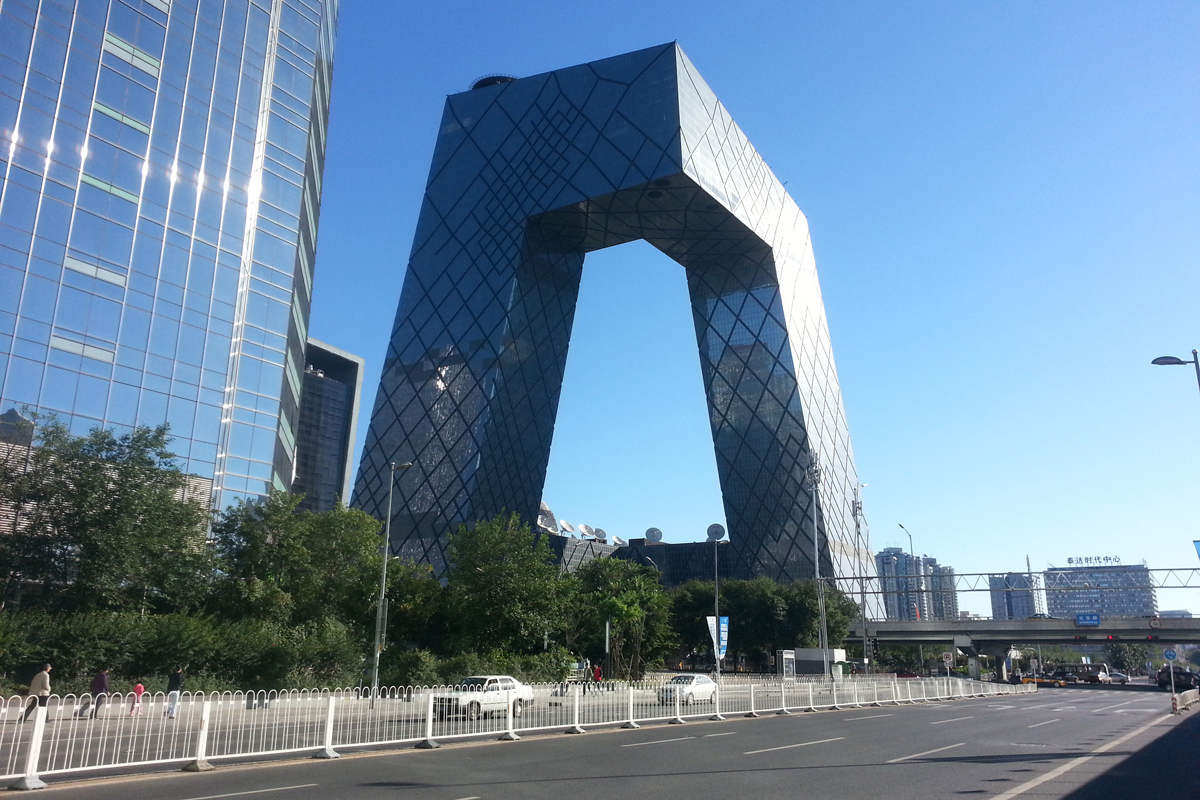
Cathleen McGuigan and Carol Willis explore the shift from corporate towers to new elegant skyscrapers.
“Last year, more skyscrapers were completed around the world than ever: a total of 128 new buildings reached at least 200 meters (658 feet), according to the Council on Tall Buildings and Urban Habitat; of those, 10 were supertalls (984 feet or more). Not surprisingly, China held the record by a mile, with 84 new skyscrapers, while the United States came in second, with only seven.
Rapid urbanization and the increased densification of cities is pushing high-rise construction to new heights: there was a global grand total of 1,168 skyscrapers at the end of 2016, compared to only 265 in the year 2000—an amazing rate of growth that shows no signs of slowing down.
But when it comes to high-rises, height isn’t everything. While the design of the Burj Khalifa (the world’s tallest for now, but soon to be outstripped) is a play on a classic spire, architects are toying even more with form, sometimes abandoning the tower altogether. When Rem Koolhaas vowed to reinvent the skyscraper, he and his firm, OMA, helped start a trend, with their angled donut of a structure for CCTV in Beijing, completed in 2012. Around the same time, MZ Architects designed the Aldar headquarters in Abu Dhabi, a perfect circle in elevation, 361 feet tall, which opened in 2010. Other unconventional though not yet built ideas for high-rises include MAD’s proposed Fake Hills Point Tower, part of the Fake Hills complex, in Beihei, China, a squiggle-like form 194 meters (636 feet) high; BIG’s design for the Cross # Towers in Seoul, shaped like a hashtag; and Herzog & de Meuron’s approved scheme for the 42-story Tour Triangle in Paris—it would be the third-highest structure in the city, with a shape that looks like a giant wedge of Camembert.” – Cathleen McGuigan
“From a historical perspective, architects who built skyscrapers used to be a kind of corporate specialist who understood the bottom line. There just wasn’t much license to innovate. But now that the commercial market has embraced architects as celebrities of sorts, there is more freedom to innovate.” – Carol Willis
Read more ↓
High Times, Architectural Record
Image Courtesy of ↓
Verdgris, Wikimedia Commons